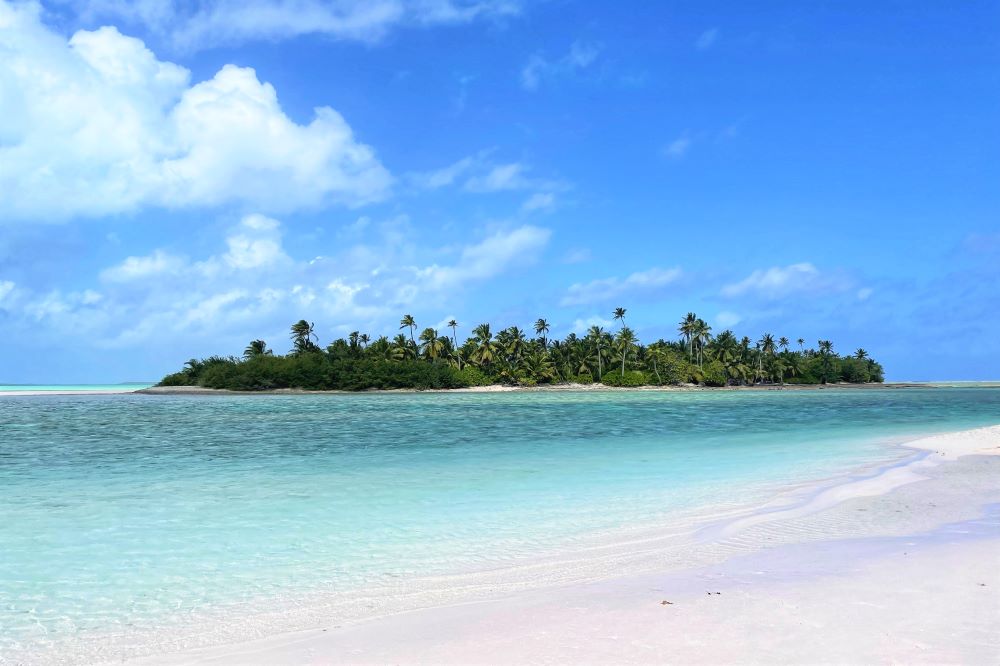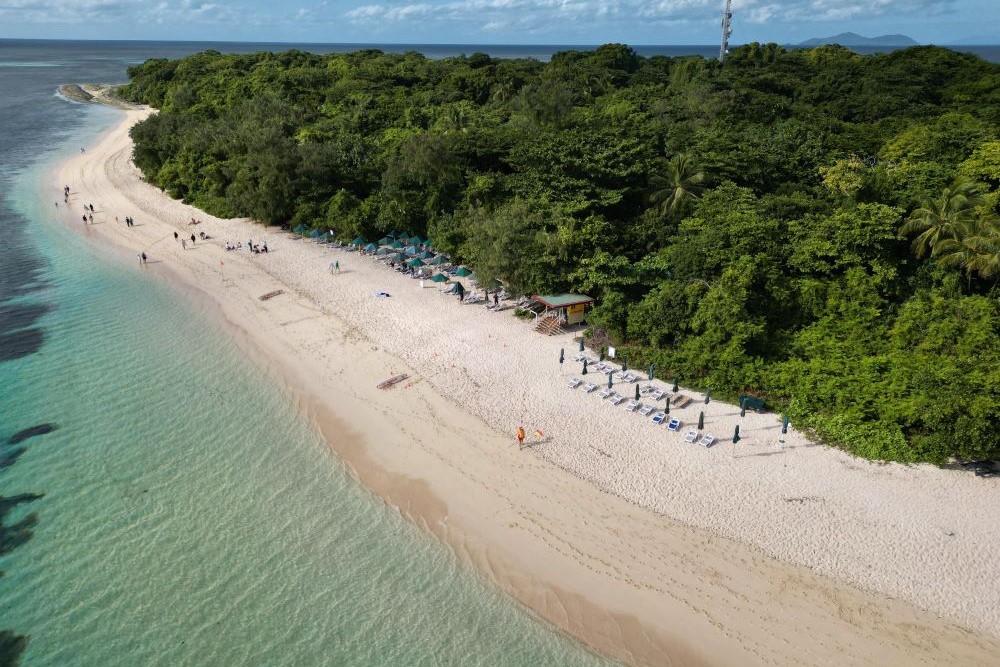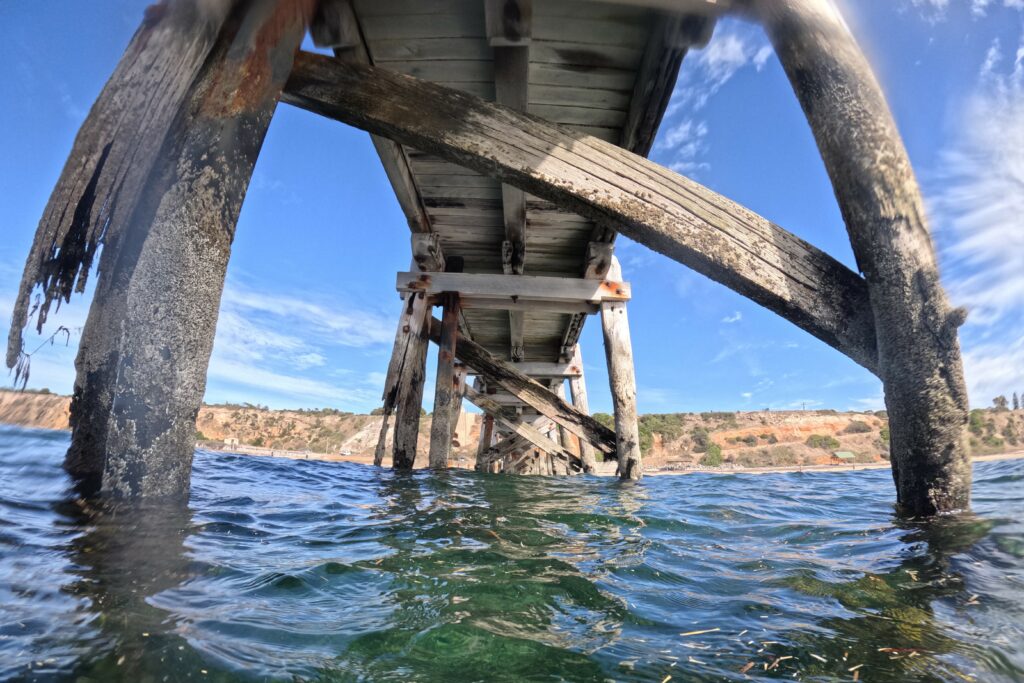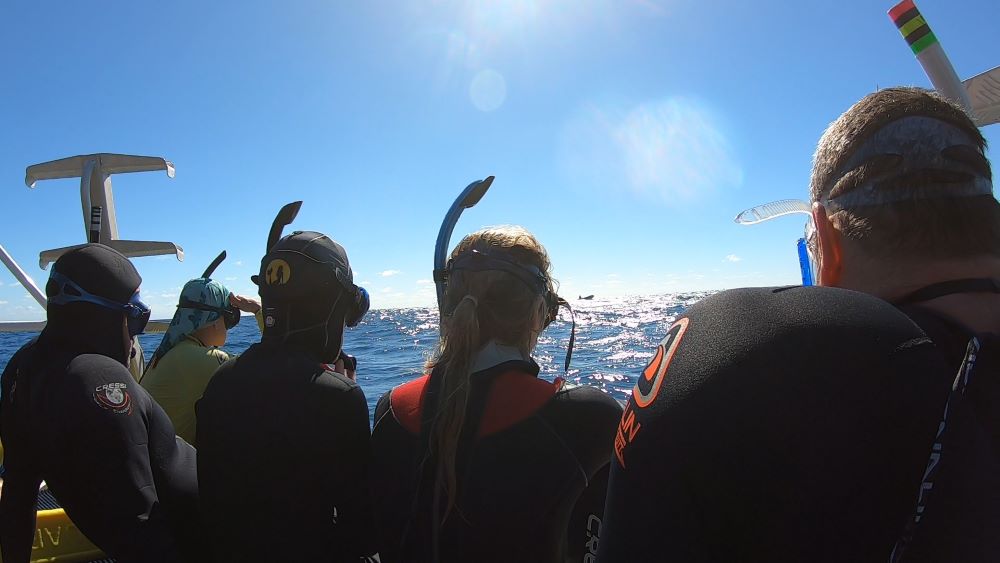When choosing a beginner-friendly snorkelling spot, there are a few things to consider while your snorkelling skill and confidence grow.
It is important to choose a snorkelling spot that suits your ability. And don’t worry, just because you are new to snorkelling, it doesn’t mean you can’t do some amazing snorkels and see lots of marine life.
Disclosure: Please Note That Some Links In This Post May Be Affiliate Links, And At No Additional Cost To You, We Earn A Small Commission If You Make A Purchase. Commissions Go Toward Maintaining The Snorkel Spots Website.

Don’t Set Yourself up to Fail
It might sound obvious, but before you head off for a snorkel, make sure you have the best chance to enjoy it.
If you are new to snorkelling, run through this checklist and make sure you are ready to snorkel.
- Am I confident enough in the water to float, tread water and swim a short distance back to shore?
- Do I have a snorkel buddy to swim with?
- Do I know how to use my fins, mask and snorkel?
- Do I have the appropriate protection from the sun or cool water?
- Is the weather good? You want light winds and calm seas
If you can tick all those boxes, you are ready to go! But where should you go?

Best Snorkel Spots for New Snorkellers
Here are a few general ideas on what to look for in a snorkel spot if you want to ease yourself into snorkelling.
Stay Shallow
While you are gaining experience and confidence it is a good idea to literally, not get out of your depth. Choose somewhere shallow – say 1 – 1.5 metres of water – where the bottom is close by if you need a rest.
Being in shallow water doesn’t mean there is less to see – in fact some of my favourite snorkels have been in just a metre of two of water e.g. around Cocos Islands, Hardwicke Bay in South Australia and swimming with giant cuttlefish also in SA.
Snorkel where there are other people
It is a fine line. You don’t want to go somewhere so busy you can’t find a car park but snorkelling where there are other people is a good idea.
First, if you do need a hand there will be people around to help out. But also, like choosing a restaurant in a foreign country, if there are other people there, the spot must have something going for it!

Snorkel under a Jetty
Jetties can be a great place to snorkel. I have seen everything from huge schools of fish and rays to dolphins and brilliantly coloured soft corals all under a jetty and around the pylons.
There is often easy access to the water from a beach or the jetty itself. You don’t have to swim far because there is usually an enormous amount of life to watch on the pylons. The more you look, the more you can see.
At some jetties you might have to watch out for people fishing – but you will be under the jetty and usually away from their lines.
If you snorkel at low tide the water will be less deep and cross beams won’t be in your way.
Choose Somewhere Calm
Of course, you always want to snorkel in as calm water as possible, but some places are more consistently calm than others. Avoid open water sites and instead look for areas protected by a reef or sheltered bays and lagoons.
As a snorkeller, developing an awareness of wind direction is helpful. This can determine if a sight is going to be calmer or not. If there is a breeze and it is coming from over land towards the water (known as an offshore breeze), often the water will be calmer.

Go on a Tour
Tours are a fantastic option for new snorkellers. From the Great Barrier Reef to more exotic locations like Kilsby Sinkhole in South Australia, guides can get you in the water in good conditions with the right gear.
Not only do you get the benefit of their knowledge of the area, but they will keep an eye on you and can often provide extra buoyancy devices if need be. Some snorkelling tours also offer one on one snorkel guides which is a great service for new snorkellers.
Learn about Tides
You also want to choose a location and time when there is not too much tide movement.
Have a look at a tide chart and see when high and low tide is, As a beginner aim to snorkel when there is a smaller difference between high and low tide or at the change of tide (when it swaps from going in to out). This period of ‘slack water’ produces fewer currents to worry about.
Also be aware that at low tide, some reefs are too exposed to snorkel on.
Where do you find snorkel spots that like this?
- Check out the Snorkel Spots on this website!
- If you are travelling, ask at visitor centres about calm, safe snorkel spots
- Also ask at local dive shops, they are a great source of information
- Some regions have Facebook groups dedicated to snorkelling and they can provide timely information on local sites.
- What Snorkelling Equipment do I Need? - February 15, 2024
- How to choose a Good Snorkelling Location for Beginners - February 15, 2024
- Do I need a Wetsuit or Stinger Suit for Snorkelling? - February 15, 2024

